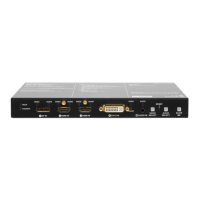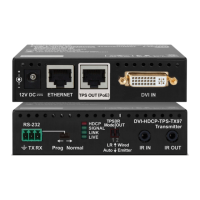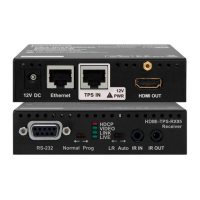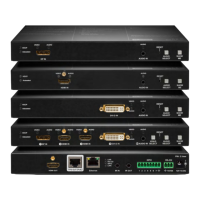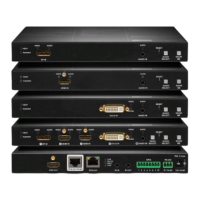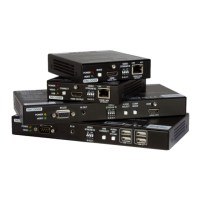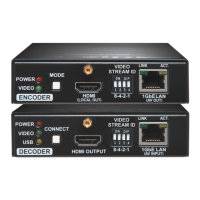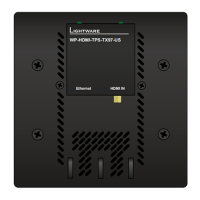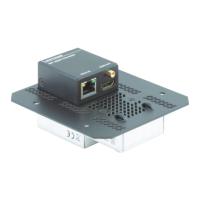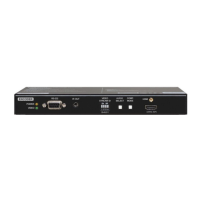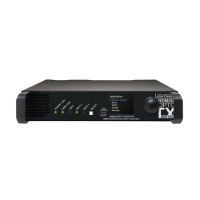Following example presents the structure of the tree traversal:
Path of the nodes:
n- /node1
n- /node1/node11
n- /node1/node12
n- /node2
n- /node2/node21
n- /node2/node21/node211
n- /node3
Tree structure of the nodes
8.1.1.2. Property
The ‘property’ in the LW3 protocol is basically a leaf, which has a well-dened value.
▪ A property has a value.
▪ A property cannot have child nodes or child properties. It is always a leaf.
▪ A node can have any number of properties (may not have any).
▪ A property is referenced with a dot (‘.’) after the node name.
▪ The properties’ name can contain the elements of the English alphabet, numbers
and underscore (‘_’) character.
▪ By convention, properties are beginning with a capital letter, all other characters
are lowercase ones. In the case of compound words, all words are beginning with a
capital letter (CamelCase).
▪ The value of the property can contain any readable ASCII character.
▪ A property can be read-only or read/write.
Format: pX●/[nodeName].[propertyName]=[propertyValue]
Legend:
p: property
‘X’ can be:
‘r’: if the property is read-only.
‘w’: if the property is readable, writable.
‘m’: the manual of the property.
‘E’: error message for the property.
'v': virtual node property: contains a node path to a node which will
be linked to the property's parent node.
Example:
The following two ones are read-only properties:
pr●/node1/node12.ReadOnlyProperty=value1
pr●/.DeviceName=25G Hybrid Device
The following two ones are read-write properties:
pw●/node1/node12.ReadWriteProperty=value2
pw●/.DeviceNickName=John
node2
node3
node1n-/
node12
node21
node11
node211
HDMI-3D-OPT-TX200 series
User’s manual
LW3 programmers' reference Page 63 / 106
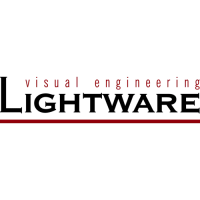
